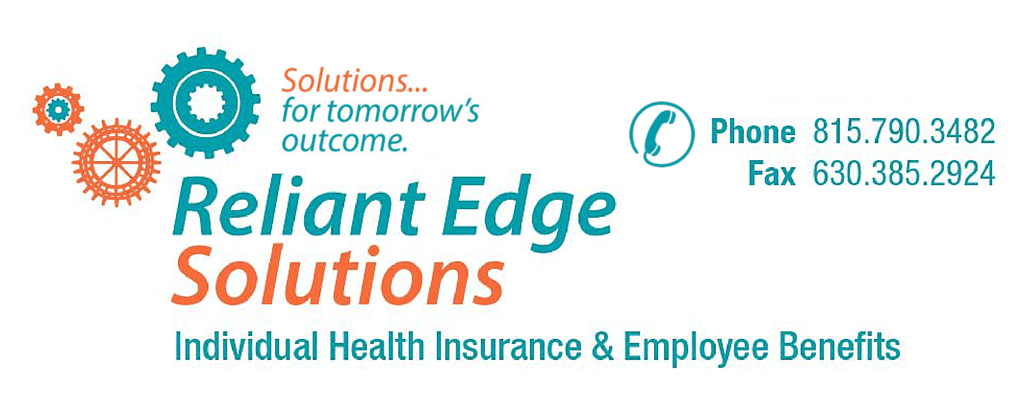NEW DEFINITION OF HEALTH PLAN UNDER ERISA
To qualify as a group health plan under ERISA, an employer must have at least 1 eligible non-spouse “common law employee” enrolled. Please note: Children of 1 owner only or owner/spouse only business may be the other common law employee, if she/he is an eligible employee over the age of 18 (i.e., no longer a minor child per state law) and is enrolled for coverage.
Definition of group based on legal business structure:
Sole Proprietor: When the owner is the only eligible and enrolled individual (or the owner and his/her spouse), it is not a group health plan unless at least one other eligible common law employee (W-2 or 1099 for this business type) is enrolled in the plan.
Partnerships / LLP / LP / PLLP:
If only partners and/or partners and their spouses are covered, they are not a group health plan unless there is at least one other common law employee (W-2 or 1099 for this business type) eligible and enrolled in coverage.
Corporations and LLC / PLLC:
Two owners who are not spouses may qualify as a group health plan. An additional common law employee is not required to enroll as an owner may be considered a “common law employee” if working full time at the company – i.e. the group may consist of multiple owners only with no full-time employees, where at least 1 owner is actively working and enrolled. If the Corp/LLC/PLLC has only 1 owner and/or owner and spouse as eligible it is not a group health plan.
Non-Profits: Nonprofits do not have “owners” so a nonprofit group would be allowed if there is at least 1 common law employee enrolled in the plan.
DISCLAIMER: Final rates are based upon actual enrollment data (including dependent data)

